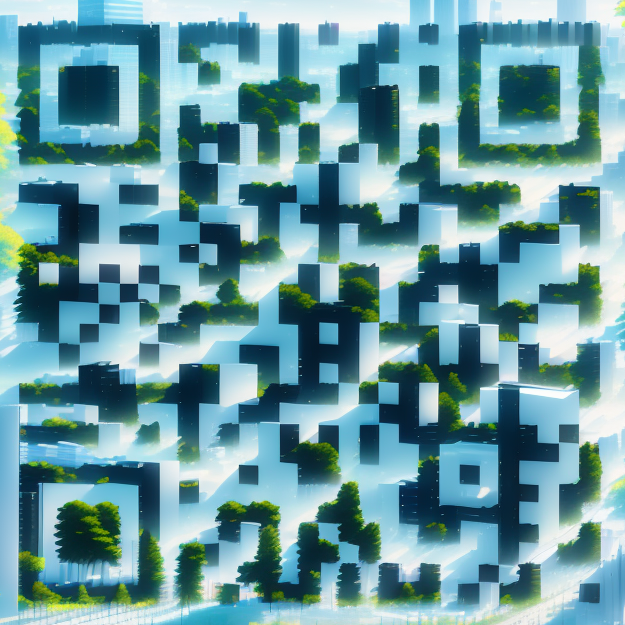由Kjellander Sjöberg事务所为Varvsstaden设计、位于马尔默市的Gjuteriet大楼改造已经完成。该项目专注于重复利用材料,展示了如何基于循环原则对现有建筑进行重新设计。这座独特的建筑曾经是一片废墟,现如今被赋予活力重获新生,成为一个活跃的新崭城市社交场所,讲述着港口丰富海洋遗产的多面故事。
The transformation of Gjuteriet in Malmö, designed by Kjellander Sjöberg for Varvsstaden, has been completed. Focused on the intensive re-use of repurposed materials, the project demonstrates how existing buildings can be reimagined based on circular principles. Formerly a ruin, the distinctive building has been given a vibrant new life as an active and social new urban place telling a multifaceted story about the port’s rich maritime heritage.
▼建筑外观,appearance of the building© Rasmus Hjortshøj – COAST

▼建筑立面,facade of the building©Rasmus Hjortshøj – COAST

Varvsstaden是马尔默市的一个主要重建项目,计划将旧造船厂改造成一个可持续的新区。历史悠久的Gjuteriet铸造厂大楼是该地区的一个重要地标,是马尔默作为一个工业城市崛起的代表。该项目是关于建筑的重塑,也包括其周边环境改造。Kjellander Sjöberg最大限度地发挥社会、地方和环境效益,沿着邻近的码头、干船坞和内港,为一个活跃的全新公共区域带来新生。马尔默的这个新焦点将激活Varvsstaden地区的再生,该地区正在迅速发展成为一个令人兴奋的新型多用途社区,包括住宅、工作场所和隆德大学的新建的美术校区。
Varvsstaden is a major regeneration project in Malmö transforming the old shipyards into a sustainable new district. The historic Gjuteriet foundry building is a key landmark in the area representing Malmö’s emergence as an industrial city. The project is both about the reinvention of the building and its wider environment. Kjellander Sjöberg have developed a program with maximum social, local and environmental benefits which bring to life an active new public realm along the adjacent quay, dry dock and inner basin. This new focal point in Malmö will kick start the regeneration of the Varvsstaden district which is fast evolving into an exciting new mixed-use neighbourhood with homes, workplaces and a new fine arts campus for the University of Lund.
▼室内空间概览,ovewview of the interior space©Rasmus Hjortshøj – COAST

▼一楼是一个宽敞的共享空间,the ground floor is a generous shared realm ©Rasmus Hjortshøj – COAST

Gjuteriet大楼是Oatly公司的振奋人心的全新体验式总部。这是一个非正式的、开放的、本真的工作场所,围绕着社交和公共空间构筑,它同样具备创造性、协作力与活跃性,反映了使用者的共同价值观。一楼是一个宽敞的共享空间,邀请公众进入其中的咖啡馆、餐厅、门廊和展览空间。
Gjuteriet is a new inspiring and experiential company headquarters for Oatly. It’s an informal, open, authentic workplace built around social meeting and communal spaces – it is also creative, collaborative and activity based – a reflection of the shared values of its users. The ground floor is a generous shared realm that will invite the public to a cafe, restaurant, foyer and exhibition space.
▼楼梯间概览,overview of the staircase©Rasmus Hjortshøj – COAST

▼从木框架平台望向楼梯间,view from upper floor terrace within timber frame to the staircase©Rasmus Hjortshøj – COAST

项目的首要价值观聚焦于资源保护和最小化碳足迹;在地球的领域内,什么可以建造,什么材料足够实现最可持续的效果?Varvsstaden开创了启发性的做法,即在附近的仓库里建立了一个材料库,里面存放着从其他被拆解的码头建筑中回收的材料。这个“材料图书馆” 正是可持续再利用方法的核心;砖、金属板、波纹板、楼梯、灯具等成为该项目的首要的建筑材料和重要设计驱动力。在现有的钢结构框架中置入了胶合木和CLT;任何需要新材料的地方都尽可能地从当地可再生的来源处采购。木材是主要的可再生材料,它定义了能够提供健康环境的全新空间。
▼通过其他建筑中回收再利用的材料建立材料库,a material bank created byupcycled materialsfrom other disassembled wharf buildings© Varvsstaden

The overarching project ethos placed an acute emphasis on resource preservation and a minimal carbon footprint; what can be built within planetary boundaries, what materials were already available to achieve the most sustainable outcomes? Varvsstaden had made an enlightened head start, creating a material bank in a nearby warehouse stocked with upcycled materials from other disassembled wharf buildings. Central to the sustainable re-use approach this ‘library of things’; bricks, sheet metal, corrugated panels, stairs, light fittings and more, became the project’s primary building resource and main design driver. Additions to the existing steel frame are in glulam timber and CLT; wherever possible new materials required were sourced from local and renewable sources. Timber is the main regenerative material that defines the new spaces which provide a healthy environment.
▼从二层平台望向室内通高区域,view from second floor terrace to interior atrium area ©Rasmus Hjortshøj – COAST

▼二层空间概览,overview of the second floor area©Rasmus Hjortshøj – COAST

Kjellander Sjöberg事务所将建筑中的既有元素作为设计的出发点,包括:壮观的钢结构,砖墙,以及建筑的脆弱破碎的拼贴特征——所有这些随时间不断积累的叙事,被完整地保存下来。
Kjellander Sjöberg began with what was already there: the imposing steel structure, the brick walls, the frail and broken collage-like character of the building we found – all these preserved stories and narratives that have accumulated over time.
▼设计概念示意图与爆炸图,concept and explosiondrawings© Kjellander Sjöberg


▼材料交接细部,details of the materials intersection©Rasmus Hjortshøj – COAST


颇具特色的巴西利卡式山墙进行了翻新,并在内部安装了保温层。西立面碎片般的拼贴承载着迷人的历史痕迹,在由回收砖块构筑的全新保护性外立面之下继续屹立。多年来密封的原始砖拱顶重见天日,再次成为建筑的突出特征。原有内部东墙被毁坏,它被新的立面所取代,后者展示了钢结构框架,包括玻璃隔间和交错的悬挂砖墙。
The characteristic basilica gables were renovated and insulated on the inside. The fragmented collage of the west façade that bore interesting historical traces lives on with a new protective outer façade of recycled brick. Original brick vaults sealed over the years have been re-opened and are once again prominent features of the building. The original internal east wall found ruined and largely torn away is replaced with a new façade which expresses the steel frame subdivision comprising glazed compartments and staggered hanging brick screens.
▼山墙立面被保留的砖结构及其细部,brick structure in facade of the gable and its detail©Rasmus Hjortshøj – COAST

工厂大厅现存钢结构框架,曾经有着繁忙的船舶构件生产活动。今天,这个令人印象深刻的体量被重新置入了新的空间,鼓励创造性使用,社会互动和生产协作。罕见的日光渗透到整个建筑。这是一座有着透明性的建筑,视线的连接环绕着楼梯的运动,这些楼梯锚定和连接着浮动的体块。通过重新思考空间,Kjellander Sjöberg在三维空间中创造了一个动态的空间序列。
The large industrial hall with an existing steel frame and traverse was once alive with busy ship component building activity. Today, the impressive volume is filled anew with new spaces that encourage creative use, social interaction and collaboration. Exceptional daylight permeates throughout the building. An architecture of transparency, and visual connections revolves around the movement of staircases that anchor and connect floating volumes. By rethinking the space, Kjellander Sjöberg have created a dynamic spatial sequence in three dimensions.
▼总平面图,site plans© Kjellander Sjöberg


▼一层平面图,first floor plan© Kjellander Sjöberg

▼二层平面图,second floor plan© Kjellander Sjöberg

▼立面图,elevations© Kjellander Sjöberg



▼剖面图,section© Kjellander Sjöberg

Developer: Varvsstaden
Contractor: PEAB
Tenant: Oatly
Collaboration: Sted Landskap, BK Konsult, Matter by Brix, Martinsons
Photo: Rasmus Hjortshøj – COAST
Photo Materials (collage): Varvsstaden
More:Kjellander Sjöberg更多关于他们:Kjellander Sjöbergon gooood


